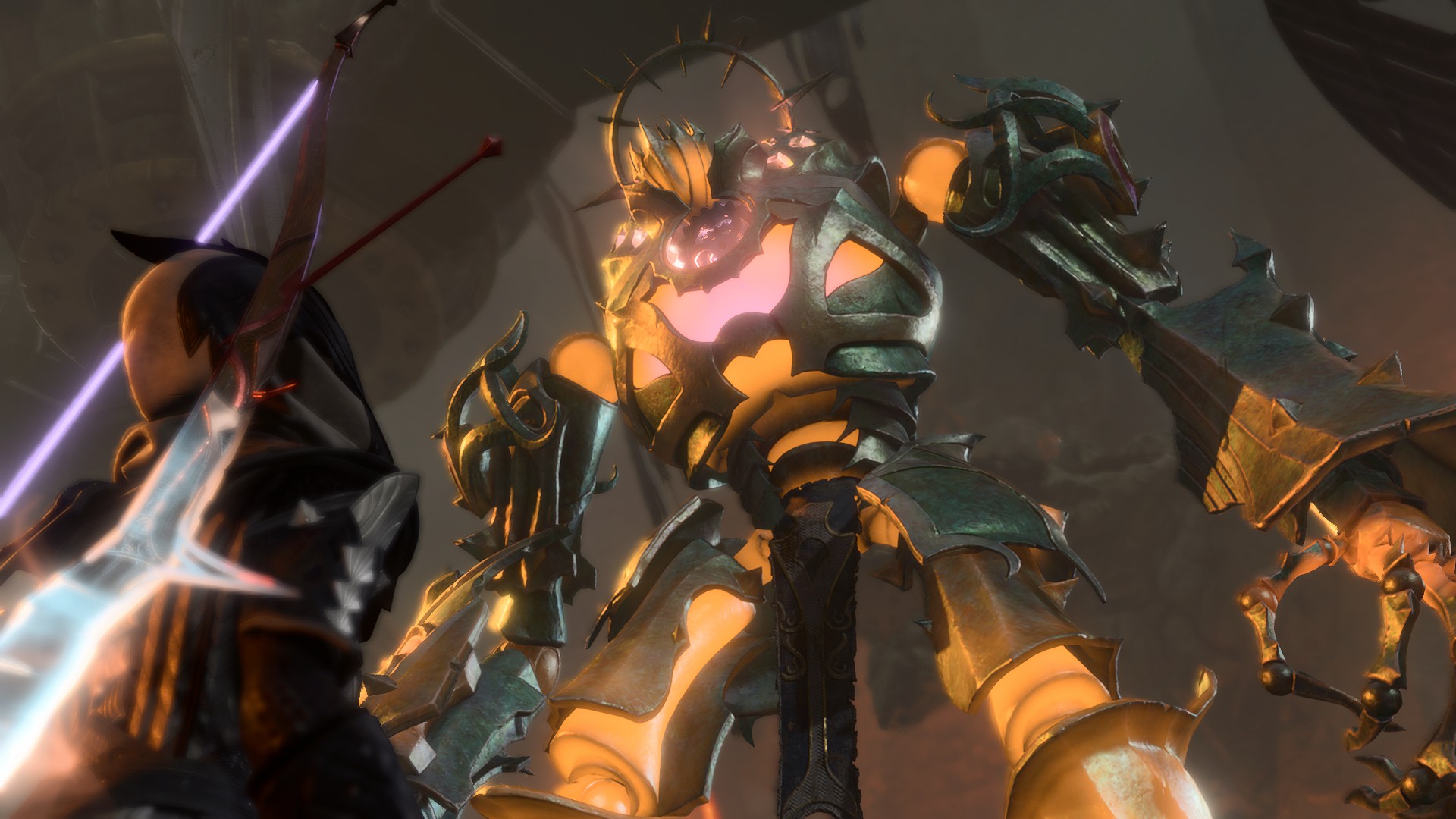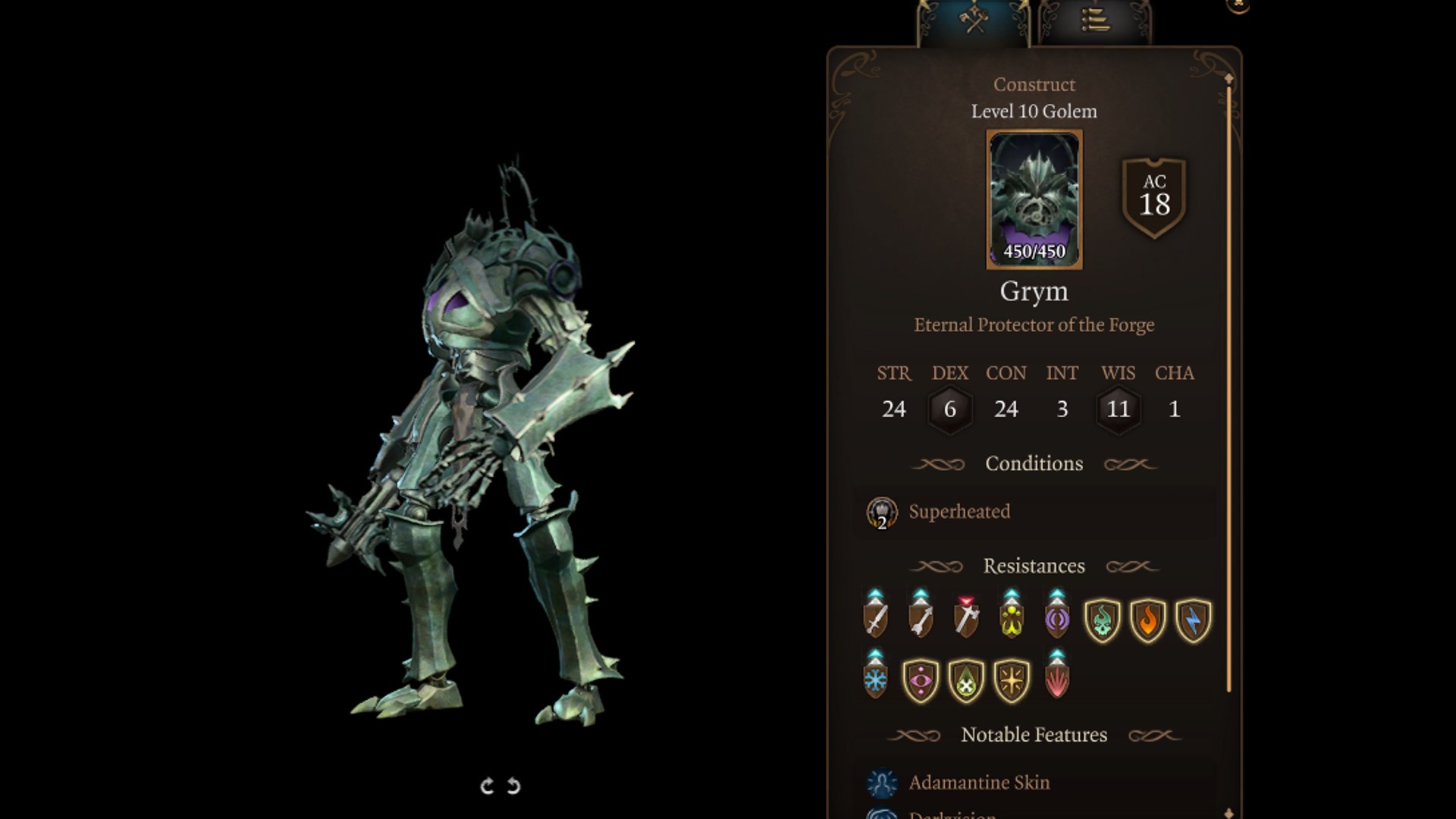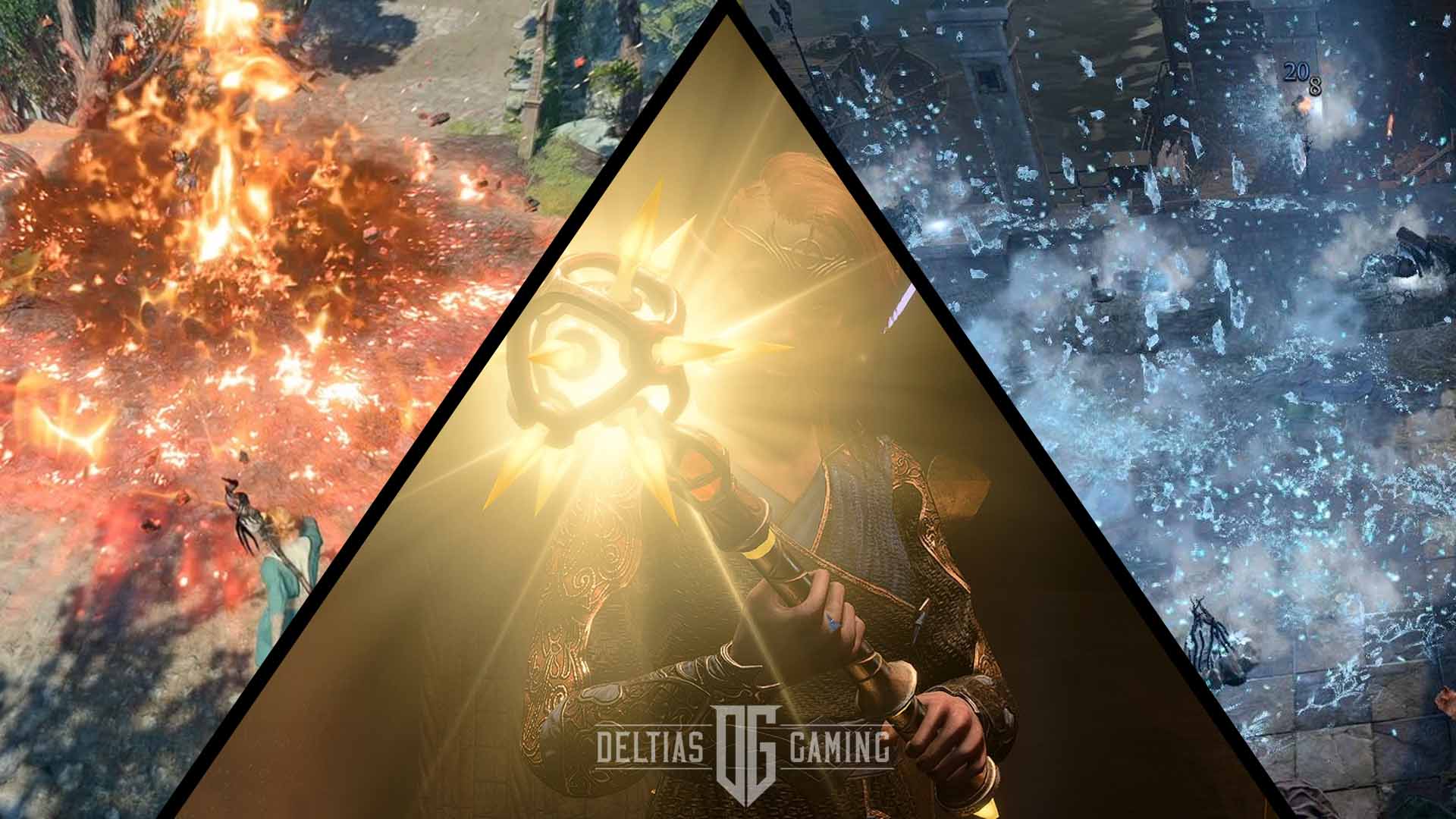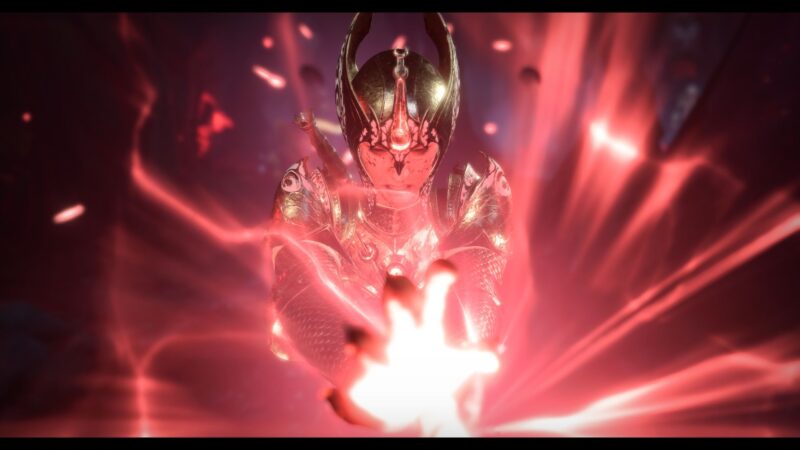Discover what resistances are, how they work, and all possible resistance types in this guide for Baldur’s Gate 3.

In the world of Baldur’s Gate 3, strategic thinking is key to overcoming the many challenges players face, and understanding how resistances work is essential to mastering combat. Resistances in the game impact how characters defend against various types of damage. Whether you’re facing a fire-breathing dragon or a horde of poisonous spiders, knowing how to leverage resistances can mean the difference between victory and defeat. In this guide, we’ll explore the mechanics behind resistances in Baldur’s Gate 3, including how they function, and how they can be used to create powerful strategies in both combat and exploration.
What are Resistances in BG3?
In Baldur’s Gate 3, when a creature has Resistance to a type of damage it means the damage from that source will be cut in half. Furthermore, if the damage is an odd number, it will be rounded down. There are many different resistances in BG3, all based on different damage types. These types can be physical, magical, or environmental.
Finally, creatures can also have immunity or vulnerability to these same types of damage. Vulnerability is the opposite of resistances, and a creature will take twice the damage. Therefore, it’s really important for difficult fights to know your enemy. Always avoid using damage types a creature is resistant to. Moreover, always try to hit it with damage the creature is vulnerable to.
How Do Resistances Work in Baldur’s Gate 3?

Resistances work by protecting a creature from receiving the total amount of damage from a specific damage source. Moreover, strong bosses can (and likely will) have resistances to multiple damage types. Therefore, dealing strong damage is a matter of strategy.
Anytime you feel weak against an enemy, right-click on them and choose the Examine option. This will display a pop-up where you can see all of their stats. There will be a section labeled ‘Resistances’. However, the icons here will also show vulnerabilities and resistances.
Here is how to read the Resistances icons in BG3:
- Resistance icons are marked with double blue/white arrows pointing up.
- Vulnerability icons have a red arrow pointing down.
- Immunity icons are outlined in yellow.
Therefore, in the image above we can see that Grym is resistance to Slashing, Piercing, Acid, Thunder, Cold, and Force damage. It is vulnerable only to Bludgeoning damage. Finally, Grym is immune to Necrotic, Fire, Lightning, Psychic, Poison, and Radiant damage.
All Types of Resistances in BG3

There are 13 types of damage in Baldur’s Gate 3 that enemies can be resistant to. There are three physical types of resistances, and 10 magical or environmental types.
Furthermore, these damage types are consistent across the entire game of Baldur’s Gate 3. They all be found from the beginning of the game and can come from many different sources. Physical damage will always come from weapons or other physical objects. Magical damage will typically come from spells and cantrips. However, sometimes types like Fire and Cold can be environmental, as well. Additionally, Poison can be combined with physical if you dip your weapon in something like Wyvern Toxin.
Here are all of the types of resistances in Baldur’s Gate 3:
- Physical Resistances
- Bludgeoning
- Piercing
- Slashing
- Magical Resistances
- Acid
- Cold
- Fire
- Force
- Lightning
- Necrotic
- Poison
- Psychic
- Radiant
- Thunder
Looking For More About Baldur’s Gate 3?
Thank you for reading the How Resistances Work in Baldur’s Gate 3 guide. We provide the latest news and create guides for Baldur’s Gate 3. Also, watch me play games on Twitch or visit my YouTube channel!
 Reddit
Reddit
 Email
Email


